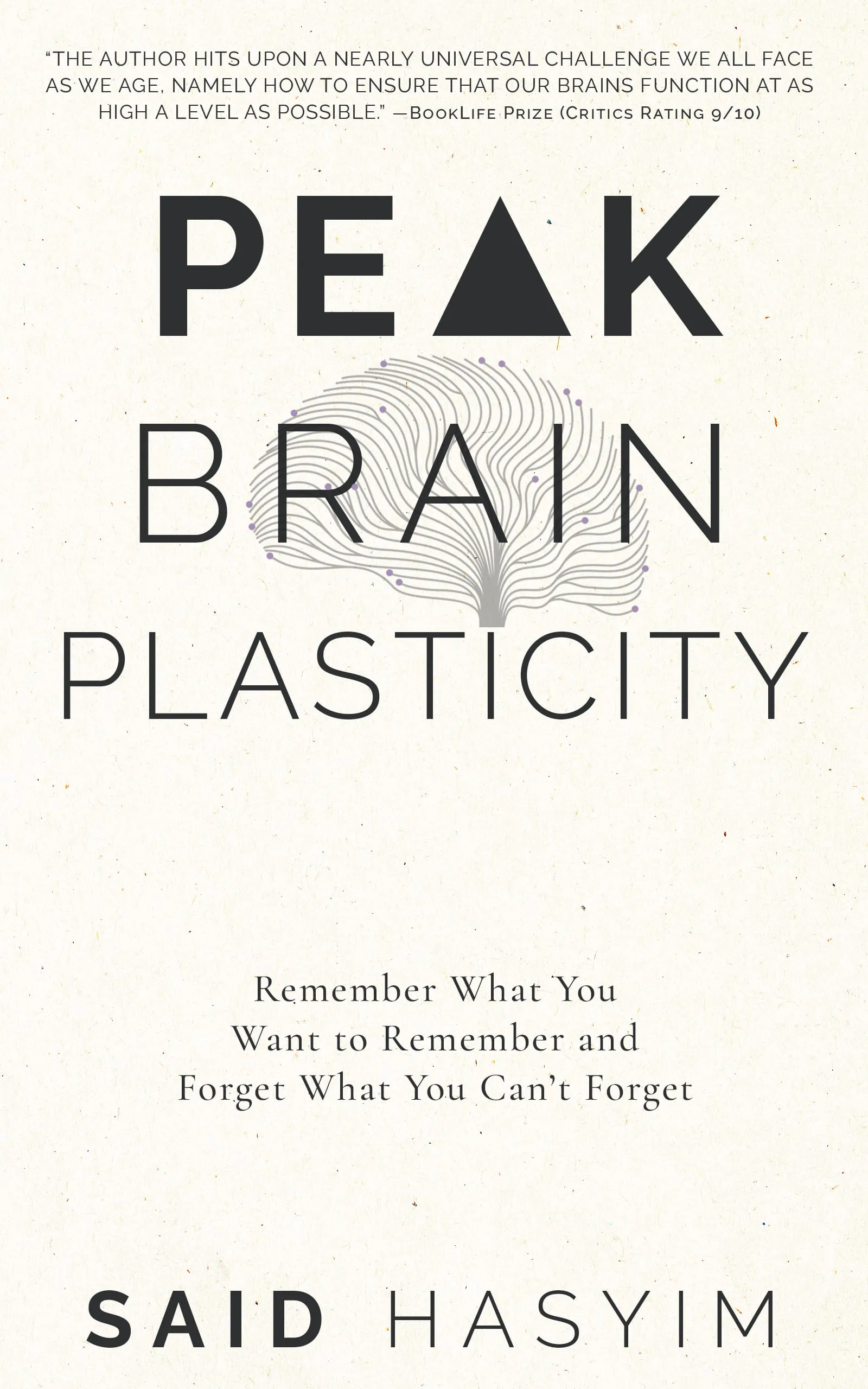Exploring Memory Techniques from Different Cultures
Memory is a fascinating aspect of human cognition, representing our ability to encode, store, and retrieve information. Across the world, different cultures have developed unique memory techniques that not only aid in learning but also reflect their values, traditions, and perceptions of knowledge. In this post, we will explore various memory techniques used in cultures worldwide, highlighting how these practices assist individuals in retaining and recalling information.
1. The Method of Loci: Ancient Greece and Beyond
One of the oldest memory techniques, known as the Method of Loci or the Memory Palace technique, dates back to the ancient Greeks. This technique involves visualizing a familiar place and associating each piece of information you want to remember with specific locations or "loci" within that space.
How It Works
- Choose Your Palace: Select a place you know well, like your home or a favorite walking route.
- Identify Key Locations: Pick specific spots within that place (e.g., your bedroom, kitchen).
- Create Associations: Imagine placing pieces of information at each of these spots. For example, if you want to remember a grocery list, visualize an apple on your bed, milk in the fridge, and bread on the table.
Cultural Relevance
The Method of Loci has roots in ancient rhetoric, where it was used by orators to remember speeches. It has been adapted by various cultures, including the Romans, who further popularized it. Today, this technique is still used in competitive memory championships around the globe.
2. Tibetan Memory Techniques: The Importance of Sound
In Tibetan culture, monks have developed intricate memory techniques that rely on the tonal qualities of sound. The method emphasizes the rhythm and melody of spoken words to aid memory retention.
How It Works
- Chanting: Tibetan monks frequently chant scriptures and texts. The cadence and inflection help them recall complex philosophical ideas.
- Use of Music: Melodies are often created to accompany teachings. When students associate melodies with content, they can better remember the material.
Cultural Relevance
This technique not only serves a practical purpose but is also a spiritual practice. It embodies the Tibetan view that sound and intention can alter one's consciousness and facilitate deeper understanding.
3. Indigenous Australian Techniques: Storytelling and Songlines
For many Indigenous Australian cultures, memory is preserved through oral traditions, particularly storytelling and the concept of "songlines." These techniques highlight the connection between memory, geography, and culture.
How It Works
- Storytelling: Elders pass down knowledge through stories that encode essential information about the land, spiritual beliefs, and ancestral history.
- Songlines: These are songs that map out the terrain and significant locations, allowing individuals to navigate not just physically but also culturally and spiritually.
Cultural Relevance
In this context, memory is not merely about recalling facts; it encompasses a collective identity and heritage. Each songline is a repository of history and wisdom, illustrating the intricate relationship between memory and the environment.
4. Japanese Memorization Techniques: Retrieval Practice and Mnemonics
Japan has a rich educational culture that places great emphasis on memorization, utilizing modern techniques such as retrieval practice and mnemonics.
How It Works
- Retrieval Practice: Students frequently engage in self-testing and retrieval exercises to reinforce learning, a technique that has been shown to enhance long-term retention.
- Mnemonics: Japanese schoolchildren often use creative mnemonics, such as stories or phrases, to remember kanji characters, which can be complex.
Cultural Relevance
Japanese culture values diligence and perseverance. The emphasis on memorization reflects a strong educational philosophy that champions mastery through hard work and sustained effort.
5. Memory Techniques in African Cultures: Griots and Oral Traditions
In many West African traditions, griots (professional storytellers) employ unique memory techniques to preserve history and cultural knowledge through oral narratives.
How It Works
- Oral Recitation: Griots memorize extensive genealogies, historical events, and traditional songs, often using rhythm and repetition to reinforce memory.
- Community Participation: Memory is a communal activity; audiences often participate in storytelling, helping to retain stories through shared experience.
Cultural Relevance
The role of griots underscores the importance of community and collective memory in African cultures. Rather than being seen as individual retainers of knowledge, griots emphasize that memory is a shared responsibility vital to cultural identity and cohesion.
6. Mind Mapping: A Global Approach
While mind mapping is often attributed to modern educational initiatives, its fundamentals draw on ideas from various cultures regarding visualizing information. This technique allows individuals to map out thoughts, making connections between ideas more visible.
How It Works
- Central Idea: Start with a central idea or concept in the middle of a page.
- Branches: Create branches for related thoughts or subtopics, using colors and images to enhance recall.
Cultural Relevance
Mind mapping resonates with global learning preferences, where visual and spatial concepts are prevalent. It appeals to cultures that value holistic, interconnected understanding over linear processes.
Conclusion
The diversity of memory techniques from around the world demonstrates that memory is not just a cognitive function but also a cultural practice embedded in societal values and historical contexts. From the structured method of the Greeks and the melodic chants of Tibetans to the oral traditions of Indigenous Australians and West Africans, each technique offers unique insights into how we remember and what we deem as worth remembering.
Incorporating elements from these diverse practices can enrich our understanding of memory, enhance our skills, and foster a greater appreciation for the cultural tapestry that shapes our world. As we explore and adopt these techniques, we not only improve our memory but also celebrate the rich histories and traditions that have made these methods possible.
Harness the Power of Neuroplasticity
Discover Peak Brain Plasticity, a practical book to harnessing neuroplasticity. Enhance your memory, learn new languages quickly, and alleviate anxiety with effective study methods. Uncover daily habits that impact cognitive health and explore techniques for accelerated learning and memory retention. Unlock your brain's potential for growth and transformation.
